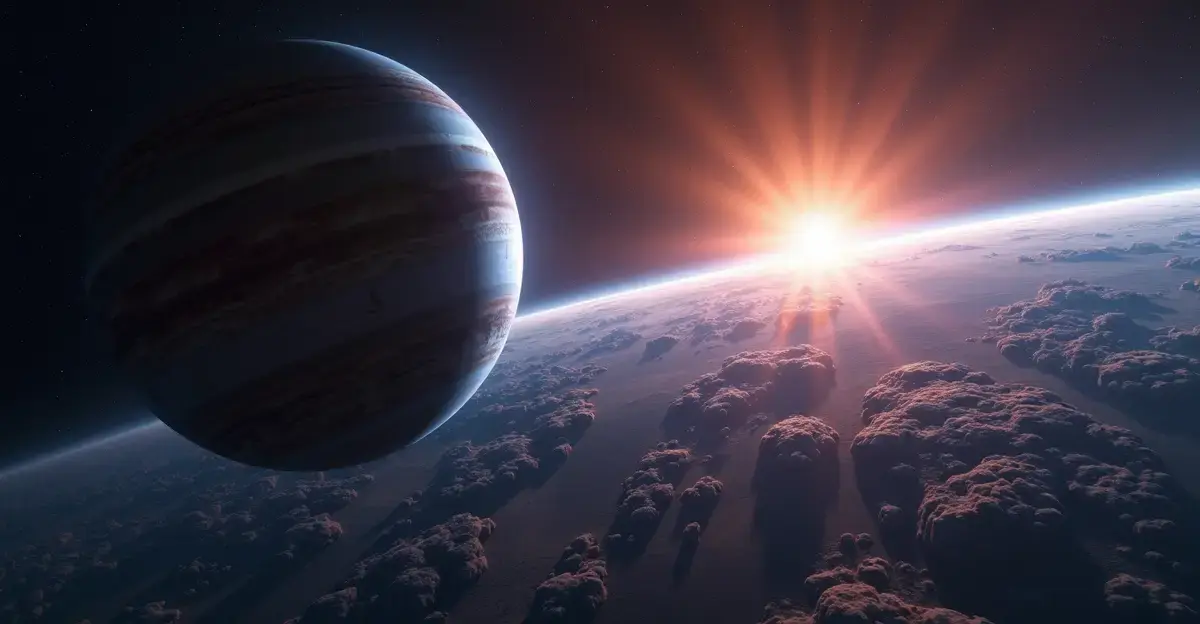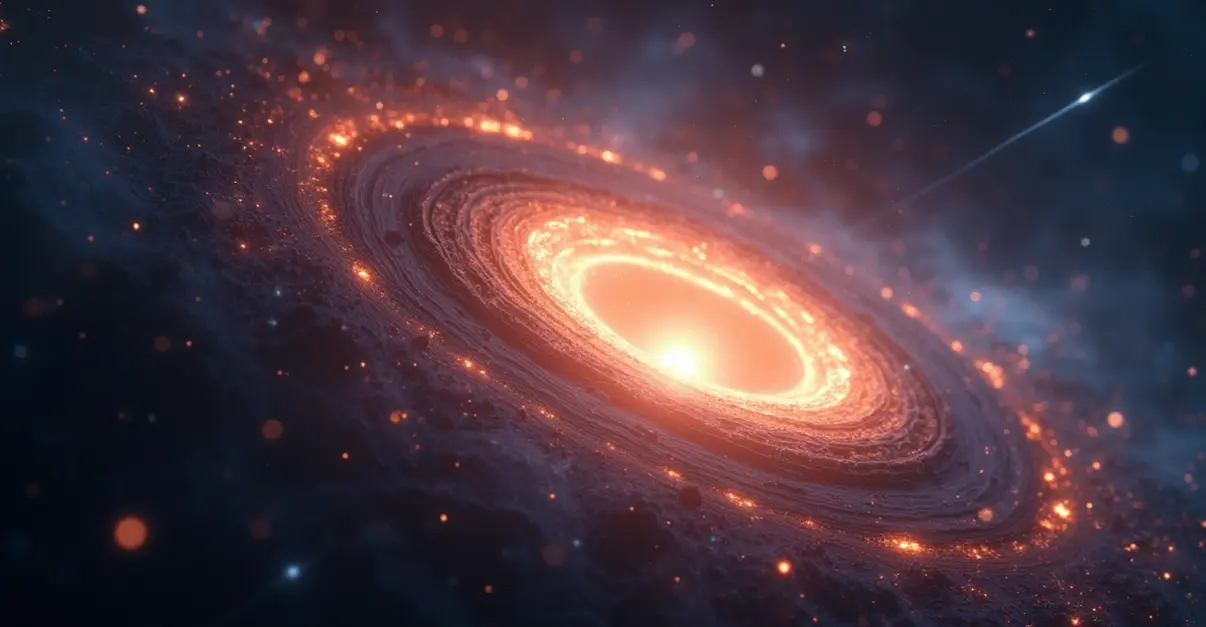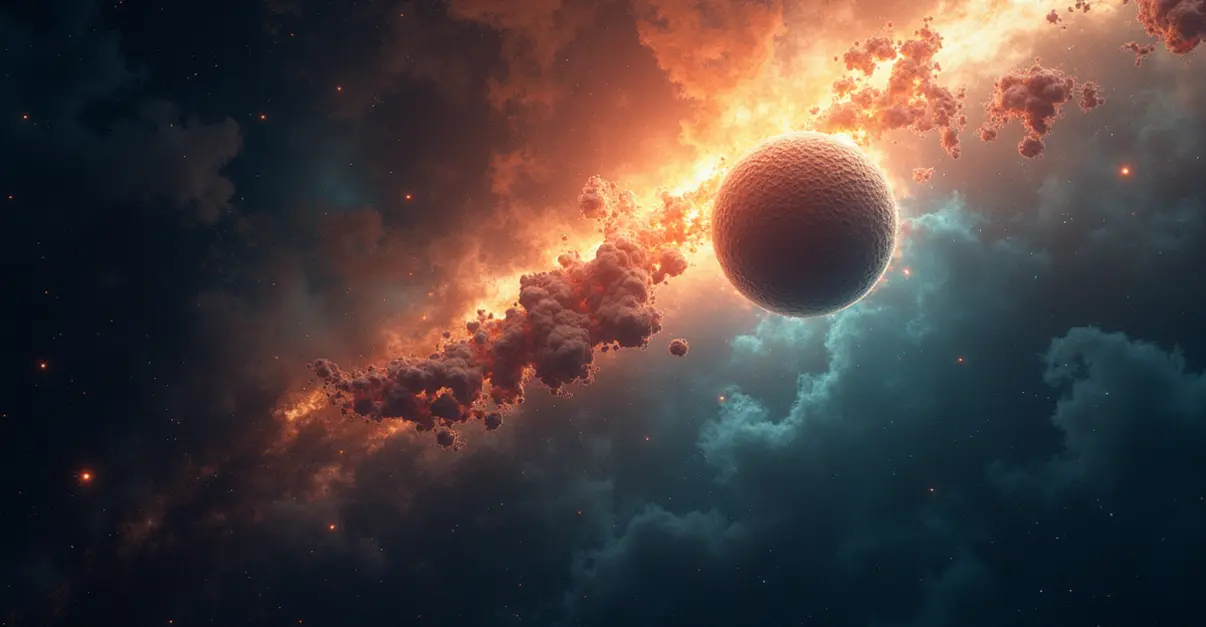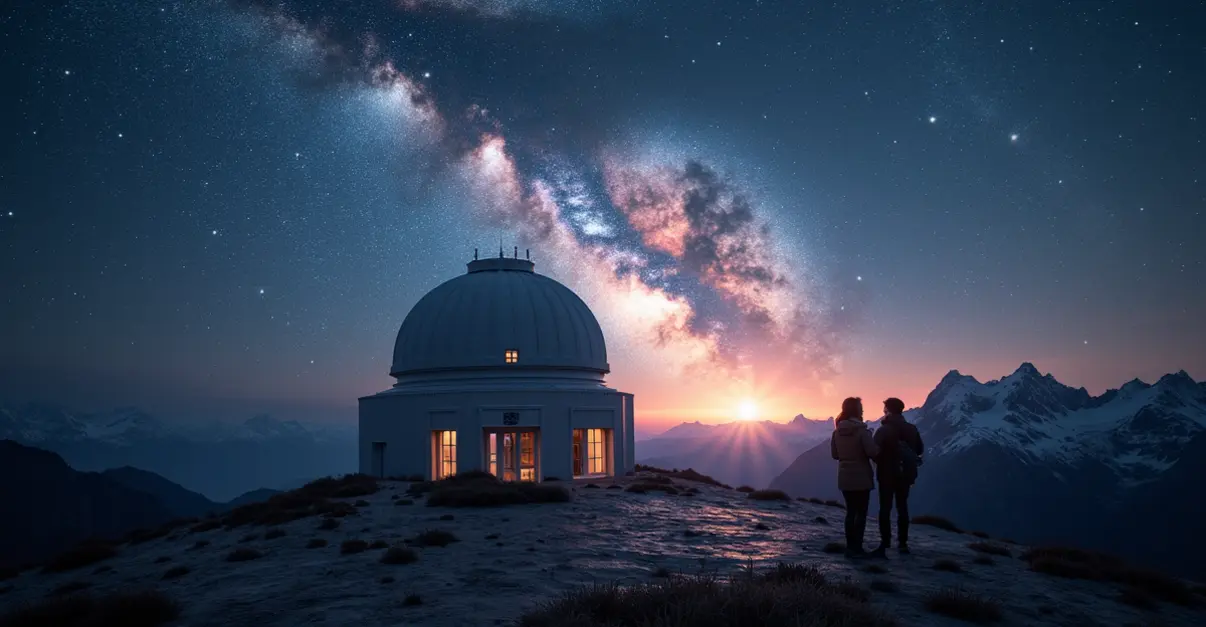James Webb Telescope detects complex organic molecules in Large Magellanic Cloud - first such discovery outside Milky Way. Finding includes methanol, ethanol and acetic acid in ice around forming star, suggesting life's building blocks are widespread.

Historic Discovery Beyond Our Milky Way
In a groundbreaking achievement that reshapes our understanding of cosmic chemistry, the James Webb Space Telescope has detected complex organic molecules in another galaxy for the first time. The discovery, made around protostar ST6 in the Large Magellanic Cloud located 160,000 light-years from Earth, marks a significant milestone in astrobiology and space exploration.
The Cosmic Laboratory Next Door
The Large Magellanic Cloud, a satellite galaxy of the Milky Way, has served as an ideal natural laboratory for this research. 'What makes this discovery so extraordinary is that we're seeing these complex molecules forming in conditions that resemble the early universe,' explains Dr. Marta Sewilo, the University of Maryland research scientist who led the study. 'The Large Magellanic Cloud has much lower metallicity - fewer heavy elements - and experiences intense ultraviolet radiation, yet we're still finding the building blocks of life.'
Using Webb's Mid-Infrared Instrument (MIRI), researchers identified five specific carbon-based compounds embedded in ice particles: methanol, ethanol, methyl formate, acetaldehyde, and acetic acid - the main component of vinegar. This represents the first conclusive detection of acetic acid in space and the first detection of ethanol, methyl formate, and acetaldehyde in ice outside our galaxy.
Webb's Revolutionary Capabilities
The James Webb Space Telescope's unprecedented sensitivity in the infrared spectrum made this discovery possible. 'Previous telescopes simply couldn't detect these subtle signatures,' notes NASA astrophysicist Dr. Jane Rigby. 'Webb's ability to observe in the mid-infrared range allows us to see through dust clouds and detect molecular vibrations that were previously invisible.'
The telescope's 6.5-meter primary mirror and advanced instrumentation enabled researchers to isolate the specific infrared signatures of these organic molecules. The detection was particularly challenging because the molecules were embedded in ice around a forming star, requiring Webb's exceptional sensitivity to distinguish their unique spectral fingerprints.
Implications for Life in the Universe
This discovery has profound implications for our understanding of how life might emerge throughout the cosmos. 'We're finding that the ingredients for life are more widespread and resilient than we imagined,' says Dr. Sewilo. 'These molecules can form even in harsh environments with intense radiation and fewer heavy elements, suggesting that the chemical pathways to life might be universal.'
The research team also found potential evidence of glycolaldehyde, which can form ribose - a key component of RNA essential for life as we know it. This suggests that even more complex prebiotic chemistry might be occurring in these distant star-forming regions.
A New Era in Exobiology
The findings, published in The Astrophysical Journal Letters on October 20, 2025, open new possibilities for research into the origins of life. 'This discovery fundamentally changes how we think about the distribution of life's building blocks,' explains Dr. Thomas Zurbuchen, former NASA associate administrator for science. 'If these molecules can form in primitive galaxies like the Large Magellanic Cloud, they were likely present throughout cosmic history, meaning the ingredients for life have been available for billions of years.'
The detection suggests that complex organic chemistry capable of producing life's ingredients emerged earlier and under more varied cosmic conditions than scientists had previously believed. This has significant implications for the search for extraterrestrial life and our understanding of how common life might be throughout the universe.
Future Research Directions
Researchers plan to use Webb to study other star-forming regions in the Large Magellanic Cloud and beyond. 'Now that we know what to look for, we can search for these molecules in other galaxies and different cosmic environments,' says Dr. Sewilo. 'Each discovery helps us understand the universal processes that lead from simple chemistry to complex biology.'
The team also hopes to study how these molecules might be incorporated into forming planetary systems, potentially seeding new worlds with the chemical precursors to life. This research represents just the beginning of Webb's contributions to our understanding of cosmic chemistry and the potential for life beyond Earth.

 Nederlands
Nederlands
 English
English
 Deutsch
Deutsch
 Français
Français
 Español
Español
 Português
Português









